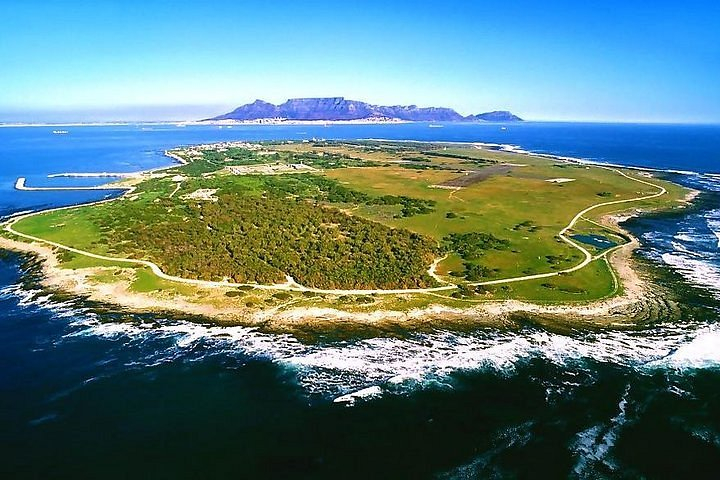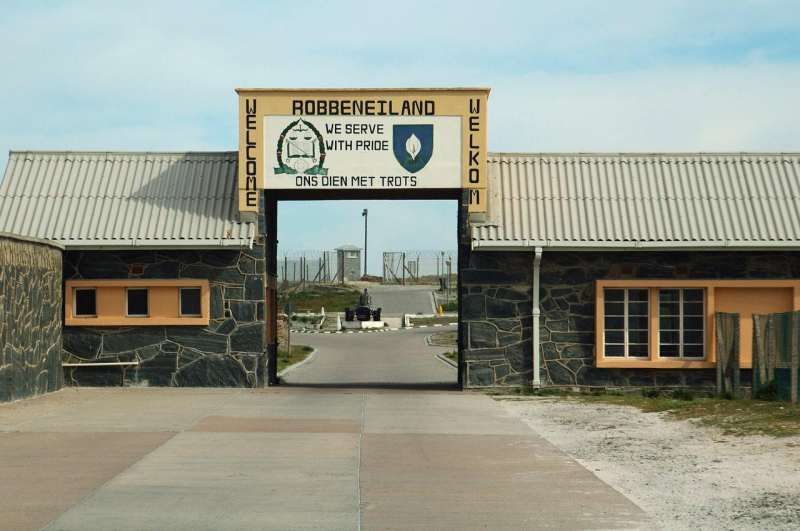Robben Island
The next place mentioned in the list of one of the most beautiful historical sites in South Africa is Robben Island.
Between the 17th and 20th centuries, Robben Island was used as a jail, a hospital for socially unsuitable populations, and a military installation. Its structures, particularly those from the late twentieth century, such as the highest security jail for political prisoners, bear evidence to the victory of democracy and freedom against oppression and racism.
What remains of its episodic history are 17th century quarries, the tomb of Hadije Kramat, who died in 1755, 19th century administrative buildings including a chapel and parsonage, a small lighthouse, the lepers' church, the only remains of a leper colony, derelict World War II military structures around the harbour, and the stark and functional maximum security prison of the Apartheid period, which began in the 1960s.
Robben Island's symbolic importance stems from its sad past as a jail and hospital for unfortunates who were isolated as socially undesirable. This came to an end in the 1990s, when the brutal Apartheid rule was rejected by the South African people, and political prisoners who had been imprisoned on the Island were released after many years.
Location: Cape Town









